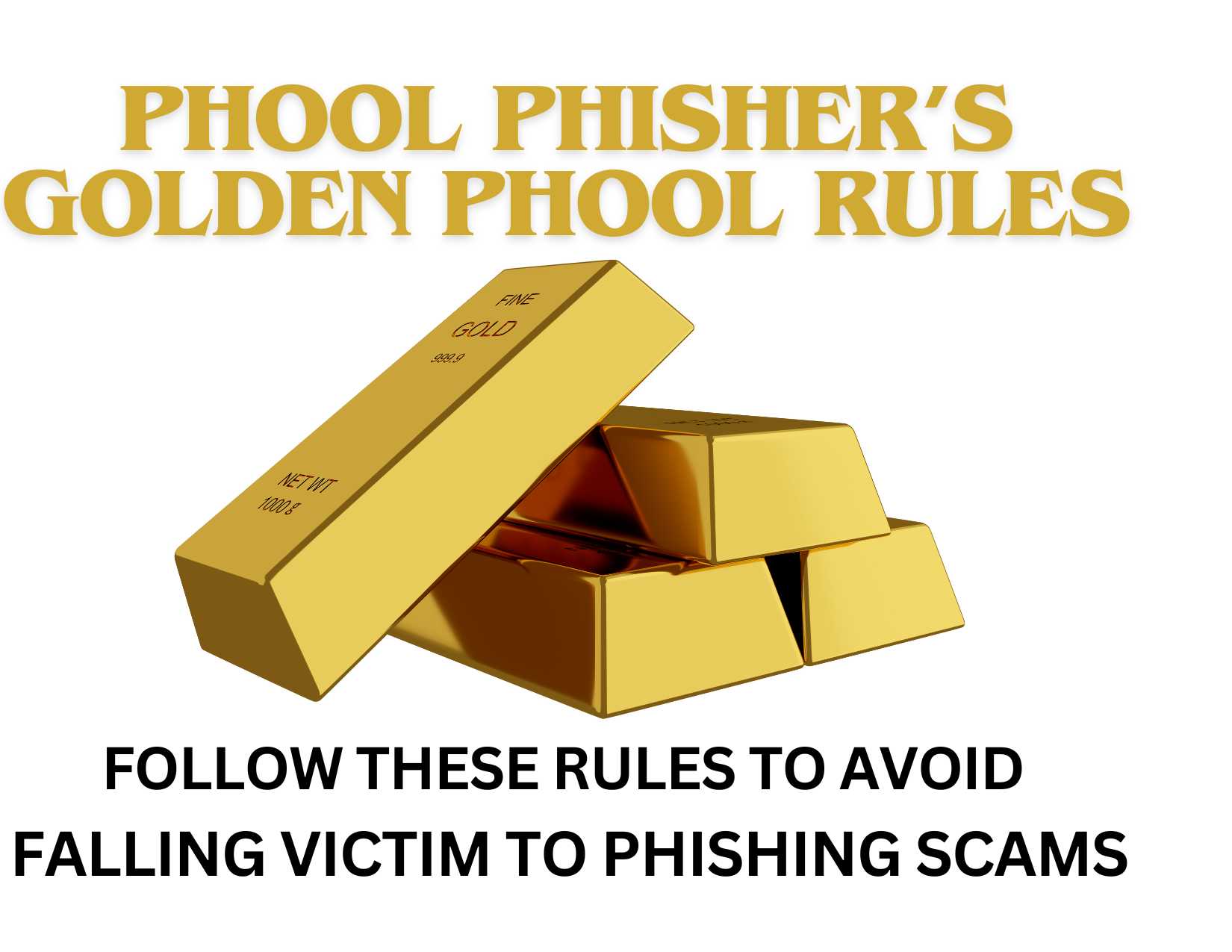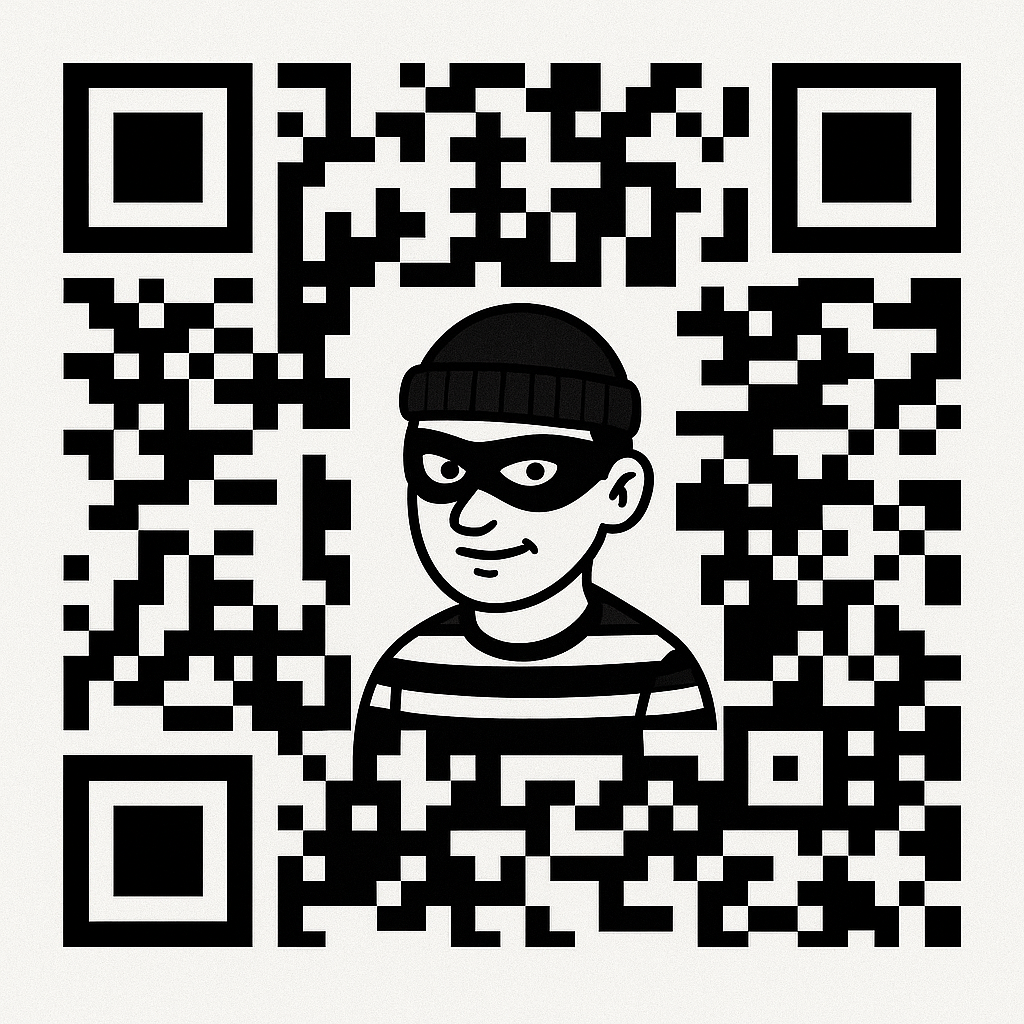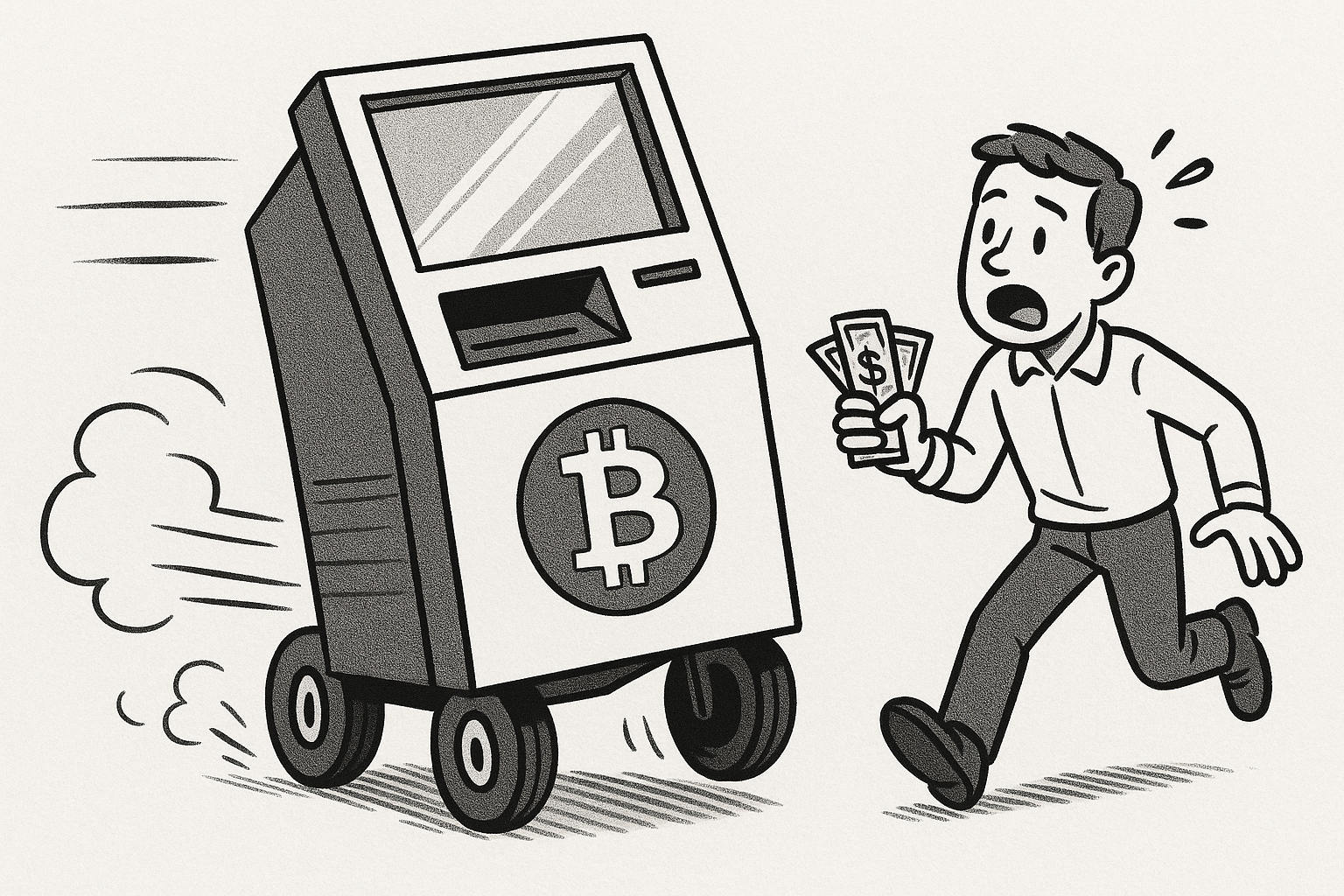

“He said he was going to ship the kitten but on the day of the shipping a carrier company called me and said I had to pay $1600 for a special crate for the cat to fly. Once I paid that then there was a $2000 certificate of health fee and then there was another $3000 cargo fee and it kept going up from there.”
Good Morning America
link Allstate Launches Scam Insurance
— Digital scams have become so prevalent, Allstate is launching scam insurance where consumers can cover themselves and their families for up to $50,000/year in losses.
Allstate Launches Scam Insurance
— Digital scams have become so prevalent, Allstate is launching scam insurance where consumers can cover themselves and their families for up to $50,000/year in losses.
CNBC.com
link The Tariff Dividend Check Scam
— President Trump has been posting about a potential $2000 tariff dividend, saying that the government will send out checks from all of the money they've raised. But there is no actual plan currently in place.
That's created a perfect opportunity for scammers. People want their money but have no idea how to claim it. Scammers are taking advantage of the confusion. If you get a message to act fast to claim your check -- watch out. It's a scam!
The Tariff Dividend Check Scam
— President Trump has been posting about a potential $2000 tariff dividend, saying that the government will send out checks from all of the money they've raised. But there is no actual plan currently in place.
That's created a perfect opportunity for scammers. People want their money but have no idea how to claim it. Scammers are taking advantage of the confusion. If you get a message to act fast to claim your check -- watch out. It's a scam!
AARP.ORG
link AARP Fraud Watch Warns Seniors to Be Especially Vigilant During the Holidays
— A new report from the AARP Fraud Watch Network warns that as the holidays approach and millions of people prepare to shop and donate online, scammers are preparing to capitalize. Fake shipping alerts, bogus charities, and gift card scams are just a few of the ways that scammers hope to steal your money and your personal information.
AARP Fraud Watch Warns Seniors to Be Especially Vigilant During the Holidays
— A new report from the AARP Fraud Watch Network warns that as the holidays approach and millions of people prepare to shop and donate online, scammers are preparing to capitalize. Fake shipping alerts, bogus charities, and gift card scams are just a few of the ways that scammers hope to steal your money and your personal information.
wowt.com
link Omaha senior citizen shares details on elaborate scam after falling victim
— She couldn't verify if the scammer was actually from the government because the government was closed because of the shutdown: “Well, I tried to call the government, and then they told me those offices are closed down because the government is closed down,” said Eileen.
Omaha senior citizen shares details on elaborate scam after falling victim
— She couldn't verify if the scammer was actually from the government because the government was closed because of the shutdown: “Well, I tried to call the government, and then they told me those offices are closed down because the government is closed down,” said Eileen.
PC World
link New malware waits until you watch porn, then secretly films via webcam
— You may have heard about those emails from scammers who say they have nude photos of you and try to get you to pay money to prevent their release. For a long time, those emails were just that: scams.
But now there’s a real threat. A new malware called Stealerium apparently knows when you’re viewing pornographic material in your browser and automatically takes snapshots of what you’re viewing and webcam photos of you in that moment. The malware then sends those recordings to cybercriminals who use them for blackmail.
New malware waits until you watch porn, then secretly films via webcam
— You may have heard about those emails from scammers who say they have nude photos of you and try to get you to pay money to prevent their release. For a long time, those emails were just that: scams.
But now there’s a real threat. A new malware called Stealerium apparently knows when you’re viewing pornographic material in your browser and automatically takes snapshots of what you’re viewing and webcam photos of you in that moment. The malware then sends those recordings to cybercriminals who use them for blackmail.
The National CIO Review
link ‘Quishing’ Fuels a New Wave of Stealthy Phishing Attacks
— Cyber crooks are using sophisticated methods to bypass cybersecurity programs to get malicious QR codes to unsuspecting victims. Just a reminder that once you scan a QR code verify that the destination is a trusted site.
‘Quishing’ Fuels a New Wave of Stealthy Phishing Attacks
— Cyber crooks are using sophisticated methods to bypass cybersecurity programs to get malicious QR codes to unsuspecting victims. Just a reminder that once you scan a QR code verify that the destination is a trusted site.
University of Colorado Boulder
link How to Avoid Scams in the Age of AI
— AI can be a powerful tool -- even for scammers. A cybersecurity expert provides tips to avoid falling victim.
How to Avoid Scams in the Age of AI
— AI can be a powerful tool -- even for scammers. A cybersecurity expert provides tips to avoid falling victim.
Google Blog
link 6 new ways Google is protecting you from scams
— Google has rolled out a number of features to help customers avoid scams. Read more to learn how best to use Google's offerings to protect yourself.
6 new ways Google is protecting you from scams
— Google has rolled out a number of features to help customers avoid scams. Read more to learn how best to use Google's offerings to protect yourself.
cnn.com
link Crypto ATMs Function as the 'Getaway Car' for Many Scams
— This is how the companies behind crypto ATMs profit as Americans lose millions to scams. "If there was a way to prevent 100% of scams there is no way this industry would survive."
Crypto ATMs Function as the 'Getaway Car' for Many Scams
— This is how the companies behind crypto ATMs profit as Americans lose millions to scams. "If there was a way to prevent 100% of scams there is no way this industry would survive."
Treasury.gov
link U.S. and U.K. Take Largest Action Ever Targeting Cybercriminal Networks in Southeast Asia
— American losses to online investment scams have been growing steadily, totaling over 16.6 billion dollars. In response, the U.S. Treasury and U.K. government have launched their most expansive joint campaign yet to dismantle Southeast Asia–based cybercrime networks by sanctioning 146 entities tied to the Prince Group Transnational Criminal Organization and cutting off the Cambodia-based Huione Group from the U.S. financial system.
U.S. and U.K. Take Largest Action Ever Targeting Cybercriminal Networks in Southeast Asia
— American losses to online investment scams have been growing steadily, totaling over 16.6 billion dollars. In response, the U.S. Treasury and U.K. government have launched their most expansive joint campaign yet to dismantle Southeast Asia–based cybercrime networks by sanctioning 146 entities tied to the Prince Group Transnational Criminal Organization and cutting off the Cambodia-based Huione Group from the U.S. financial system.